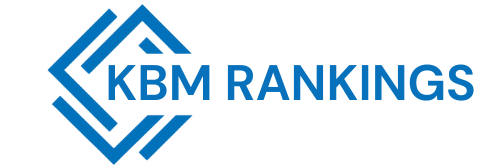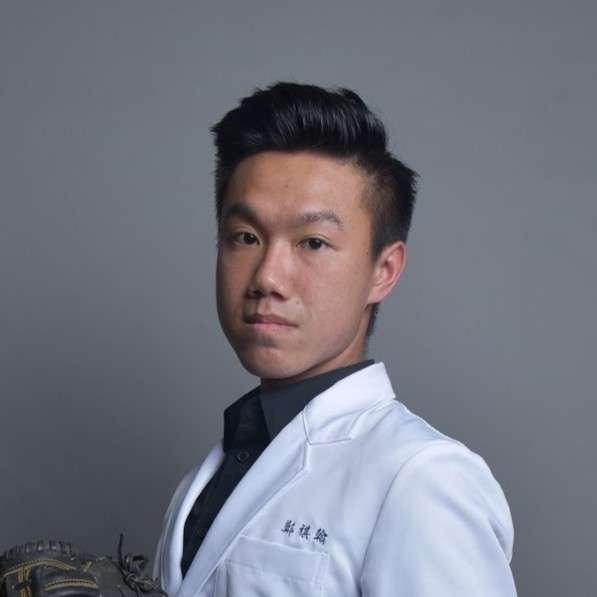Key Takeaways
| Point | Insight |
|---|---|
| Rib Flare | A posture imbalance where ribs stick out |
| Named Entities | Mayo Clinic, Cleveland Clinic, Harvard Medical School provide research insights |
| Causes | Poor posture, weak core, scoliosis, or shallow breathing |
| Treatments | Breathing drills, physical therapy, exercise |
| Prevention | Daily posture checks and strengthening routines |
Understanding Rib Flare
Rib flare is a posture condition where the lower ribs jut outward instead of resting flush against the torso. It often shows up when standing or lying flat. Mayo Clinic explains that rib flare usually connects to weak abdominal muscles, shallow breathing, or spinal imbalances.
People sometimes confuse rib flare with structural chest deformities, but the two are different. According to Harvard Medical School, rib flare is usually functional, meaning muscles and breathing patterns drive it. That’s why posture correction and strengthening often work well.
Table: Rib Flare Basics
| Factor | Detail |
|---|---|
| Appearance | Ribs stick forward or outward |
| Common Cause | Weak core, poor posture |
| Medical Concern | Rarely dangerous |
| Best Fix | Breathing and strengthening exercises |
Bullet Points
- Cleveland Clinic links rib flare to poor diaphragm use.
- Johns Hopkins Medicine notes rib flare can occur with scoliosis.
- Mayo Clinic stresses core strength as a protective factor.
- Harvard Medical School highlights breathing drills for management.
Causes of Rib Flare
The keyword rib flare ties closely to muscle weakness and body mechanics. Most cases appear in people with a weak core, poor posture, or long-term shallow breathing. Cleveland Clinic reports rib flare may also follow injury or scoliosis.
In kids and teens, rib flare sometimes shows up during growth spurts. Johns Hopkins Medicine notes that rapid changes in spine length and chest shape can exaggerate rib position. For athletes, overuse of chest breathing instead of diaphragm breathing often contributes.
Table: Leading Causes of Rib Flare
| Cause | Example |
|---|---|
| Weak Core | Poor abdominal stability |
| Poor Posture | Sitting hunched at desk |
| Breathing Issues | Shallow chest breathing |
| Spinal Problems | Scoliosis or hyperlordosis |
Bullet Points
- Mayo Clinic finds weak core muscles drive instability.
- Cleveland Clinic stresses posture correction in therapy.
- Harvard Medical School warns about growth-related rib flare.
- Johns Hopkins Medicine confirms links to spinal deformities.
Fixing Rib Flare
Correcting rib flare often means retraining breathing and building core stability. Mayo Clinic physical therapists start with deep belly breathing to reengage the diaphragm. Patients then progress to planks, dead bugs, and controlled stretches.
Cleveland Clinic suggests pairing core drills with postural awareness. Standing tall, drawing ribs down gently, and avoiding “chest puffing” keeps the torso balanced. For more severe cases tied to scoliosis, Johns Hopkins Medicine may recommend physical therapy or bracing.
Table: Rib Flare Fixes
| Fix | Description |
|---|---|
| Breathing Drills | Diaphragm-focused breathing |
| Core Exercises | Planks, dead bugs, hollow holds |
| Posture Checks | Neutral spine reminders |
| Therapy | Guided rehab for severe cases |
Bullet Points
- Harvard Medical School highlights deep breathing for rib control.
- Cleveland Clinic promotes core re-training routines.
- Mayo Clinic uses rehab to prevent flare from returning.
- Johns Hopkins Medicine addresses scoliosis-linked flare with braces.
Preventing Rib Flare
Preventing rib flare requires daily habits. Mayo Clinic advises standing with ribs gently tucked, shoulders relaxed, and spine neutral. Building a strong core through consistent exercise keeps the rib cage aligned.
Cleveland Clinic stresses that early detection matters. When kids or athletes show signs of rib flare, posture checks and breathing drills can stop it from becoming chronic. According to Harvard Medical School, prevention is easier than correction because the rib cage adapts to long-term habits.
Table: Prevention Tips
| Habit | Benefit |
|---|---|
| Daily Posture | Keeps ribs aligned |
| Core Training | Supports torso balance |
| Breathing Practice | Improves diaphragm use |
| Early Screening | Detects flare in kids/teens |
Bullet Points
- Mayo Clinic recommends posture reminders during desk work.
- Cleveland Clinic supports exercise programs for athletes.
- Harvard Medical School stresses prevention during growth years.
- Johns Hopkins Medicine advises screenings for spinal health.
The Future of Rib Flare Treatment
The future of rib flare management blends traditional therapy with new tools. Harvard Medical School is researching wearable posture trackers that alert patients when ribs flare. Mayo Clinic explores digital rehab programs for at-home care.
Cleveland Clinic highlights the role of 3D imaging in tracking rib position over time. Meanwhile, Johns Hopkins Medicine investigates surgical interventions for rare severe cases tied to chest wall deformities. These advances point toward more personalized care.
Table: Future Innovations
| Innovation | Impact |
|---|---|
| Wearable Trackers | Real-time posture alerts |
| Digital Rehab | Remote guided therapy |
| 3D Imaging | Better rib position tracking |
| Surgical Options | For rare severe deformities |
Bullet Points
- Harvard Medical School develops tech-based posture aids.
- Mayo Clinic promotes home-based rib rehab apps.
- Cleveland Clinic advances imaging for rib monitoring.
- Johns Hopkins Medicine explores surgical corrections.
Final Thoughts
Living with rib flare doesn’t mean living in pain. With the right approach, most people can manage or correct the condition. Stronger core muscles, better posture, and proper breathing create balance. Experts from Mayo Clinic, Harvard Medical School, and Cleveland Clinic agree: awareness and daily practice make the biggest difference.




